The cruise liner’s sinking has provided much for insurers to consider

The insured losses from the Costa Concordia sinking, set to total $1bn (£642.8m), could not have come at a worse time for Lloyd’s insurers. The claims will no doubt keep their stock market valuations in the doldrums, and while no one expects any insurer to collapse under the weight of the broadly dispersed losses, the fact that this follows the extraordinary catastrophe losses of 2011 is a blow for Lloyd’s members.
In the wake of the the cruise liner’s capsizing on 13 January, which killed at least 17 people, we look at what Lloyd’s insurers can learn from the appalling tragedy.
- The true potential size of liabilities arising from a cruise ship disaster.
One insurance insider, who asked to remain anonymous, says that the death toll for a ship carrying more than 4,000 passengers and crew was “surprisingly high” – especially considering the favourable weather conditions. He says: “What if hundreds of people had died? The cost to the insurance industry is roughly $1m per head for a US citizen and $500,000 for a European – which is uncomfortable but nonetheless true. This shows how much bigger the liability risk is, in reality, than property
damage risk.” - When human lives are at stake, forget about environmental liabilities – at least for the first few days.
If oil leaks from the Concordia, hundreds of miles of Mediterranean coastline could suffer enormous environmental damage, threatening sectors including tourism, fishing and transport. While terms and conditions of policies to insure against this would be expected to stipulate that the diesel be removed from a stricken ship immediately, in the case of the Concordia this was impossible because the search for people still aboard had to be prioritised. Shore Capital analyst Eamonn Flanaghan says: “It is worth remembering that in an emergency – quite rightly in this case – certain terms and conditions may have to be disregarded.” - The role of business interruption insurance.
The Concordia’s owner Carnival Corporation did not have business interruption cover. Flanaghan says: “This suggests that the liability people had priced this risk correctly – that is, they made it too expensive for Carnival to buy – so perhaps they had a better idea of what really happens in the cruise ship industry.” It could be worth speaking to business interruption underwriters to find out what they know, as well as looking again at existing marine business interruption policies. - Reassess the role of human error.
PricewaterhouseCoopers consultant James Macpherson says: “Until now people had struggled to see what could sink a cruise ship – even a bomb was considered unlikely to be powerful enough. But this disaster appears to be down to a particular captain, so human error is a much higher risk than we thought.” - Investigate controls within the cruise ship industry.
With the disaster appearing to have been caused by the ship running aground, Flanaghan, says: “We are baffled that the owners of the Concordia didn’t seem to know that their boats were sailing so close to the coast. If a boat is deviating from its agreed route, this should be red-flagged – for example with a GPS-based system.” Insurers need to ask if boats are being properly tracked, he says. - Study the routes cruise ships take.
Macpherson says: “Lloyd’s insurers should look at the geography of the routes of these ships to understand the risks in
greater detail.” - Examine cruise ship emergency procedures.
Flanaghan says: “There seems to have been a fairly chaotic disembarkation process – were insurers aware this could be so badly handled?” - Pay more attention to reputation risk.
Insurance experts say the most damaging consequence of the disaster will be on how potential customers now view the firm. Macpherson says: “The risk lay in a different place to what was thought. Reputational damage is what could now take the firm down – not the cost of damage to a boat’s hull.” - Act on the results of the investigation into the incident.
International Union of Marine Insurance secretary general Fritz Stabinger says: “When the results of the investigation by the authorities are published, if there are any areas where concerns are raised we would be keen to discuss with our members and the wider industry how those lessons can be learned and processes can be put into place to avoid any repeat…. Should any recommendations be made, underwriters will seek assurances that any prospective clients have adhered to
those recommendations.” - Note the (lack of) impact of the disaster on rates.
Insurers will absorb losses linked to the Concordia quite comfortably, but the downside for them is that the incident is expected to mean premiums fail to rise. Flanaghan says: “Perversely, the bigger the hit the more chance of a rate rise and hence the more likely insurers would be to see their valuations rise.”





























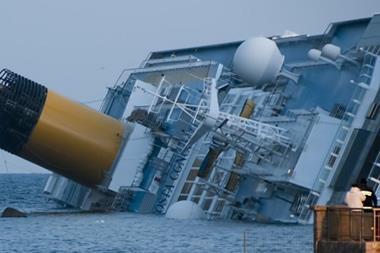
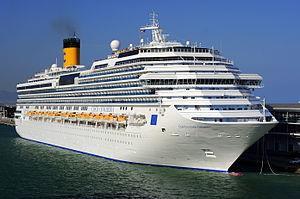
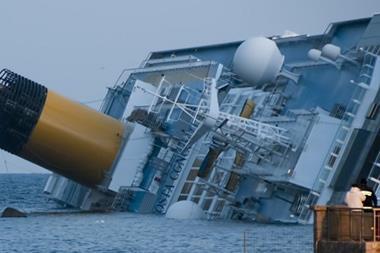

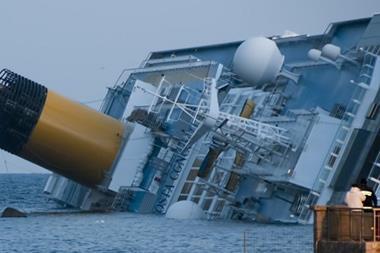
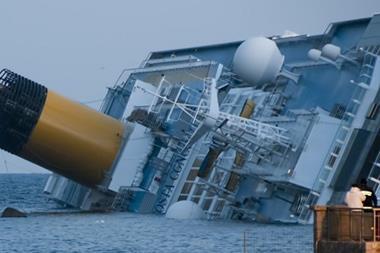



No comments yet